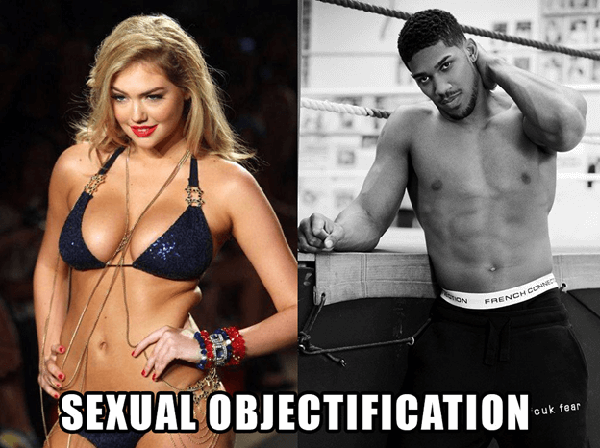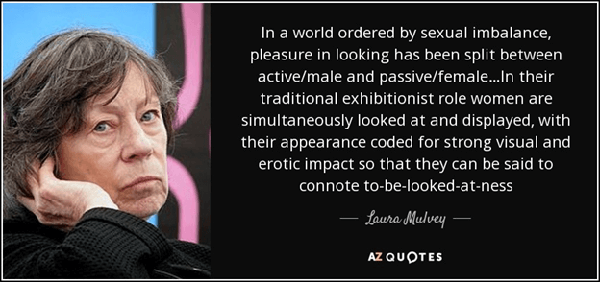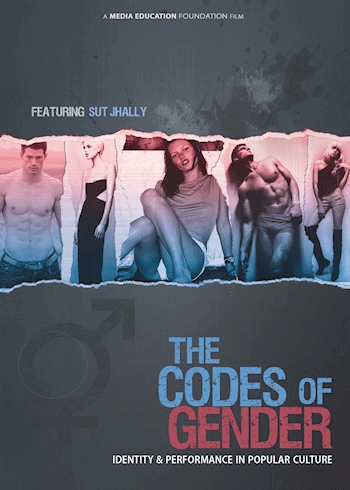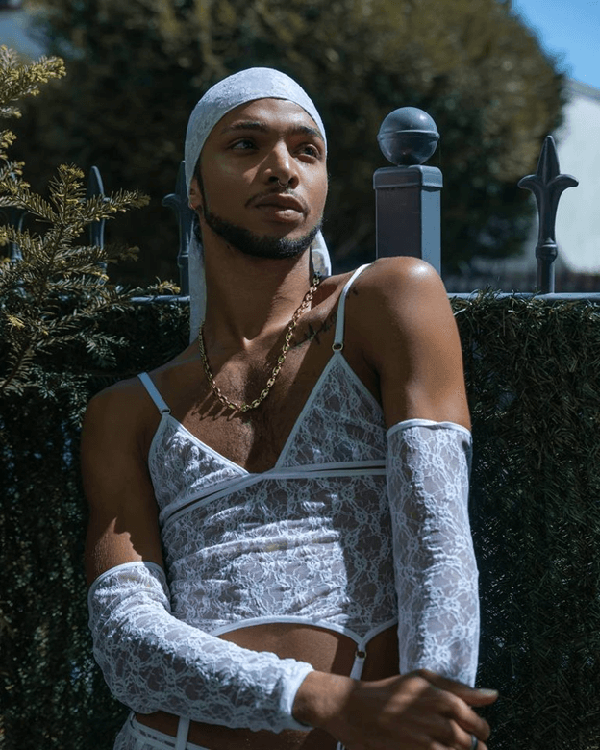So far so good, right? Things start to get more complicated when we turn our gaze (see what I just did there, huh? 🤣) from mainstream fashion to the LGBTIQ+ one, from ‘women fashion’ to ‘menswear’. In the case of fashion that addresses exclusively gay men, we come across a series of catalog and editorial photoshoots that promote clothes and underwear in a highly objectifying way. The vast majority of men on these photographs resemble gay clones (gay slang alert!), a modernized version of gay hypermasculinity straight out of the visual universe of Tom of Finland. They look like interchangeable and uncannily undisguisable bodies, divested of their unique personality and reduced to their appearance, bodies that literally em-body the hegemonic subject of heteropatriarchy, that is the hypermasculine, ‘str8-looking’ (yes, I am on Grindr too!), white, cis, and able-bodied Man.











 Login
Login